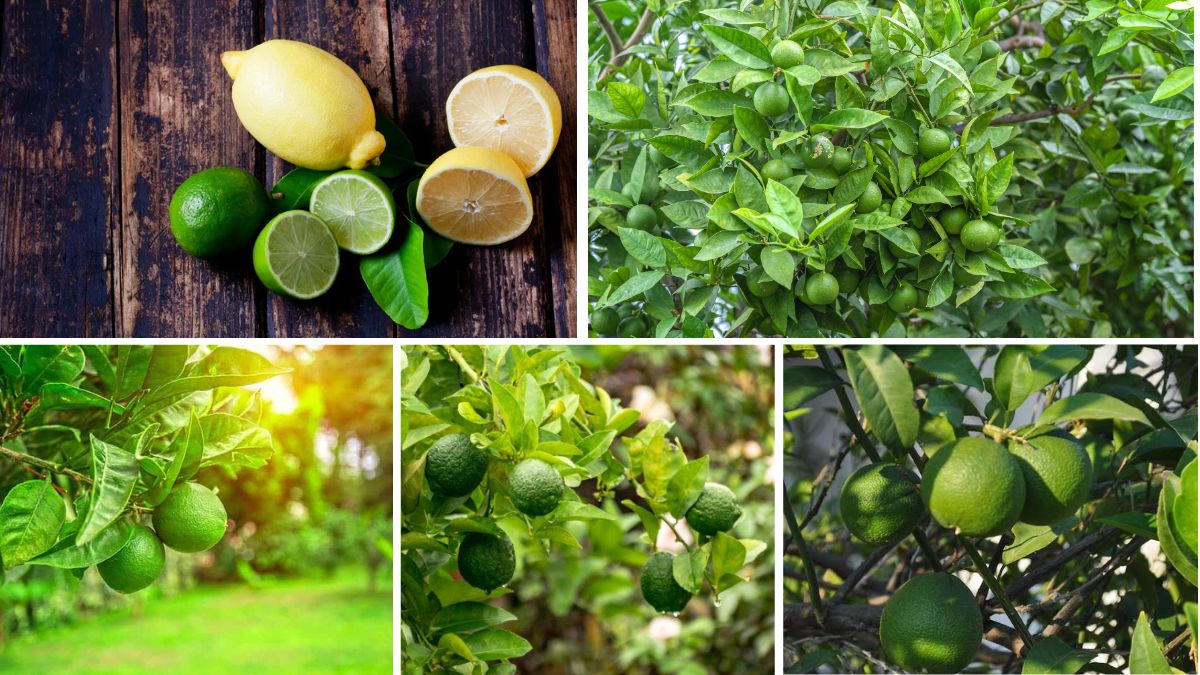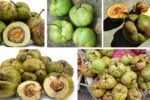Limes — the small, green, tangy citrus fruits — may seem humble compared to other agricultural exports like coffee or wheat, but their role in global cuisine and trade is enormous. From a refreshing glass of lime water in India to the zesty tang in a Mexican taco, limes are indispensable in countless dishes, drinks, and even industrial uses.
But when it comes to international trade, one country dominates the world’s lime exports in both volume and value: Mexico. In this article, we’ll explore why Mexico holds this position, how the global lime market works, the other major players, and the challenges and opportunities ahead.
1. Why Limes Matter Globally
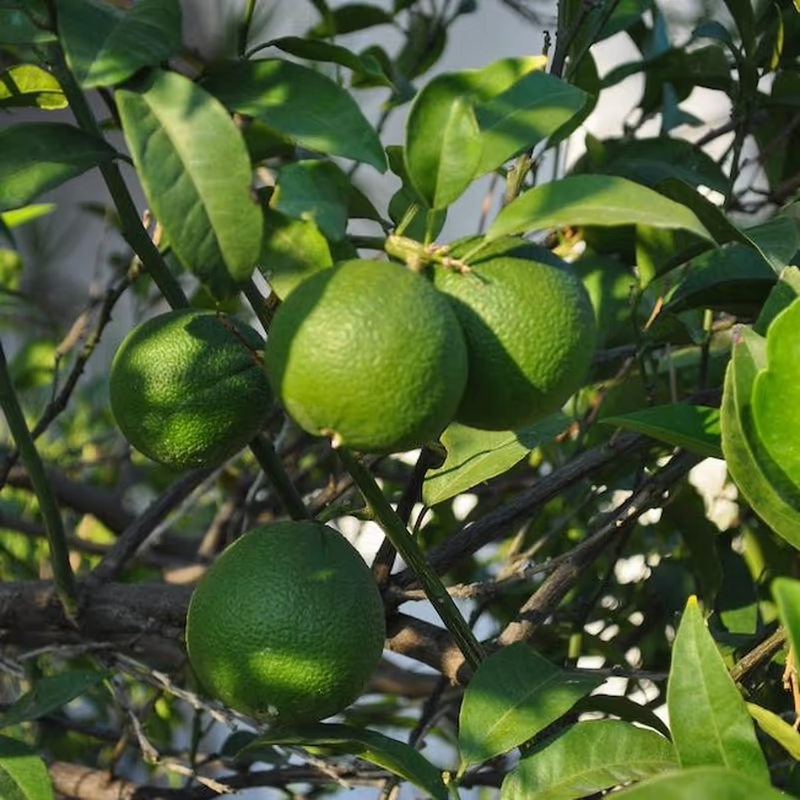
Limes are more than a garnish. They’re used in:
- Culinary: Flavors for dishes, marinades, and baked goods.
- Beverages: Key ingredient in cocktails, sodas, and juices.
- Industrial: Preservatives, essential oils, and cosmetics.
- Health: Rich in vitamin C and antioxidants.
The demand for limes is rising worldwide, particularly in the United States, Europe, and parts of Asia, driven by health trends and growing popularity of Latin American cuisine.
2. The Global Leader — Mexico
Export Figures
Mexico’s leadership is not a coincidence. According to 2023 trade data:
- Export volume: Over 700,000 metric tons of lemons and limes combined annually.
- Export value: Around USD 838 million, representing more than 21% of global trade value in lemons and limes.
- Primary markets: United States, Canada, Japan, and parts of Europe.
While trade statistics often group lemons and limes together, Mexico’s exports are heavily weighted toward Persian and Key limes.
Why Mexico Leads
- Perfect Climate
Mexican states like Michoacán, Colima, Veracruz, and Oaxaca have warm temperatures, high humidity, and fertile soils ideal for lime cultivation year-round. - Proximity to Major Consumers
The U.S., the largest lime importer in the world, shares a long border with Mexico. This geographic advantage reduces shipping time and cost, ensuring fresh arrivals. - Mature Supply Chain
From orchards to refrigerated trucks, Mexico has a well-developed citrus export infrastructure, ensuring quality control and consistency. - Year-Round Harvesting
Different regions harvest at different times, allowing Mexico to supply limes steadily without major seasonal gaps.
3. Other Major Lime Exporters
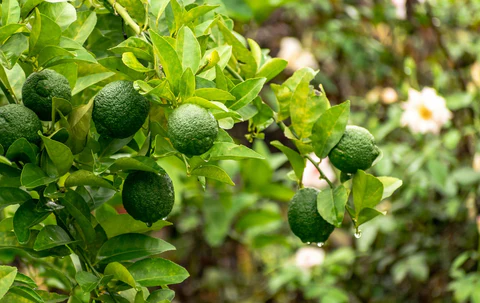
While Mexico leads, other countries have carved out strong positions in the global market:
| Rank | Country | Export Value (USD million, 2023) | Market Share (%) | Key Markets |
|---|---|---|---|---|
| 1 | Mexico | 838 | ~21% | USA, Canada, Japan |
| 2 | Spain | 858 (lemons & limes) | 22.4% | EU countries |
| 3 | South Africa | 362 | 9.4% | Europe, Middle East |
| 4 | Türkiye | 359 | 9.3% | Russia, EU, Middle East |
| 5 | Netherlands | 351 | 9.2% | EU re-exports |
Spain
Spain is the top exporter by value for lemons and limes combined, serving the European Union. Its reputation for high-quality produce gives it a competitive edge in premium markets.
South Africa
South Africa benefits from being in the Southern Hemisphere, supplying Northern Hemisphere markets during their off-season.
Türkiye
Türkiye’s favorable climate and expanding agricultural sector make it a rising competitor in citrus exports.
Netherlands
While not a major grower, the Netherlands is a re-export hub for fresh produce across Europe.
4. Volume vs. Value — The Trade Nuance
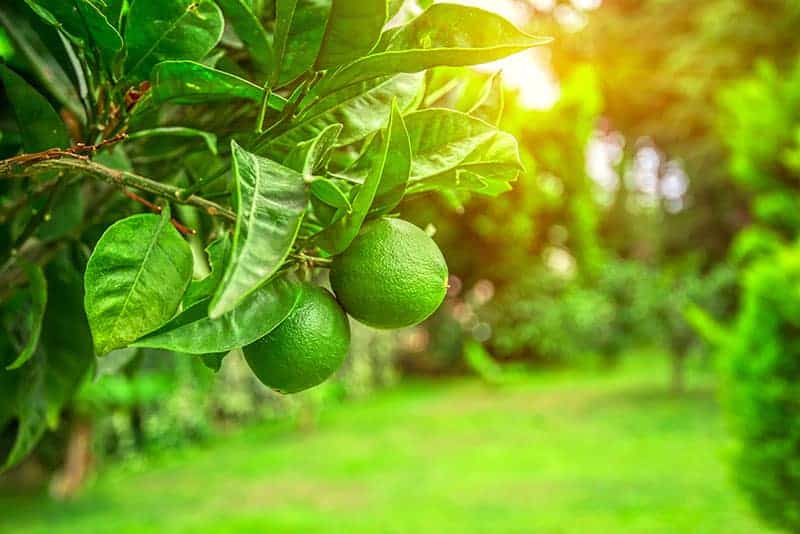
Some countries, like Argentina, produce and export high volumes of citrus (over 1 million metric tons in some years), but their export value is lower due to lower average prices. Mexico, however, balances both high volume and strong pricing thanks to proximity to wealthy markets and a reputation for quality.
5. Challenges in the Lime Industry
Even the world’s largest lime exporter faces hurdles:
- Climate Risks
Hurricanes and droughts in key lime-growing states can disrupt supply. - Pest & Disease Threats
Citrus greening disease (Huanglongbing) poses ongoing challenges. - Security Issues
In certain Mexican states, organized crime groups have interfered in agricultural operations, affecting stability and pricing. - Price Volatility
Sudden drops or spikes in production can cause drastic changes in global prices, impacting both farmers and buyers.
6. Trends Shaping the Future of Lime Exports
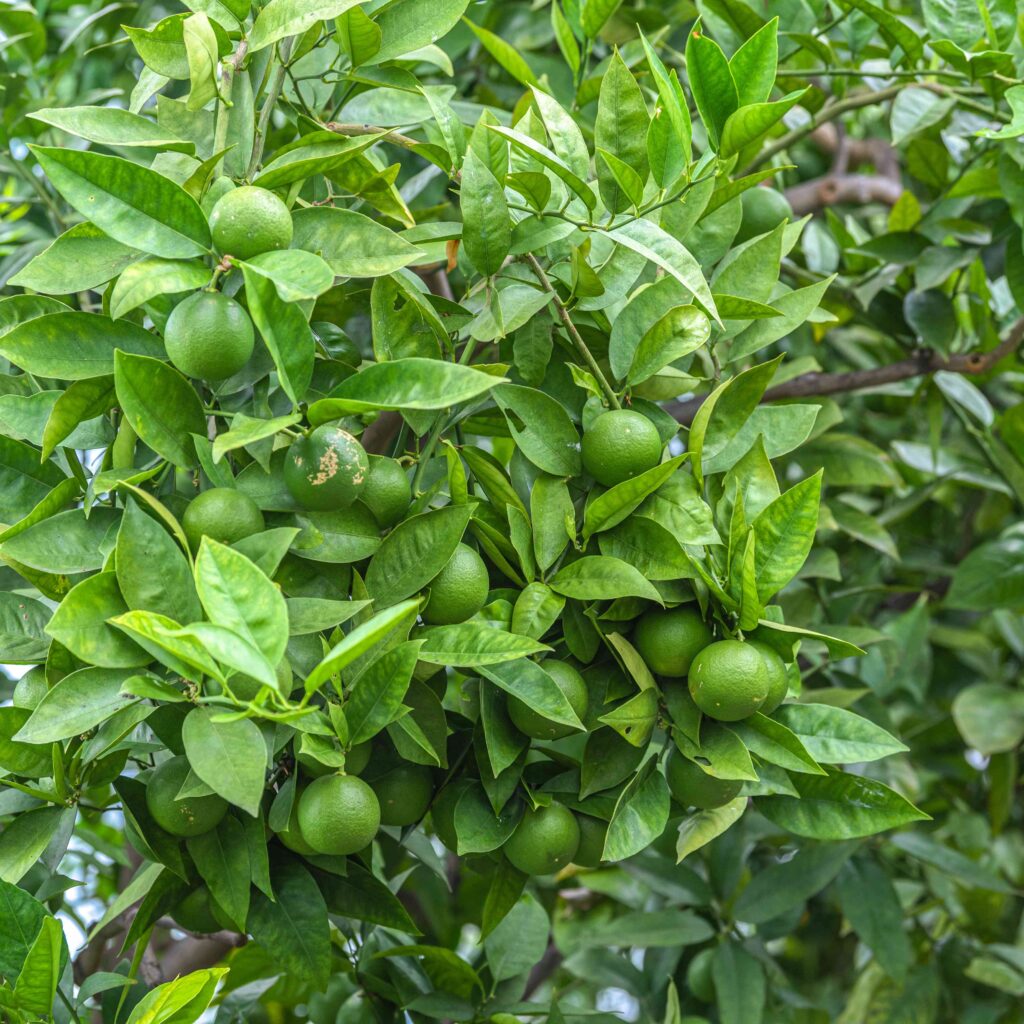
- Rising Demand in Asia
Growing middle-class populations in China, South Korea, and Southeast Asia are expanding consumption. - Year-Round Global Supply Chains
Seasonal gaps are being filled by strategic partnerships between Northern and Southern Hemisphere producers. - Organic and Sustainable Limes
Exporters that meet environmental and organic certification standards can command higher prices in European and North American markets. - Value-Added Products
Lime juice concentrates, dried limes, and essential oils are growing niches.
7. Mexico’s Export Advantage in Numbers
- Share of U.S. Imports: Over 95% of the limes consumed in the United States come from Mexico.
- Domestic Production: More than 2.7 million metric tons annually.
- Export Growth: Annual lime export value has grown by over 40% in the last decade.
This dominance is unlikely to be challenged soon — unless climate or geopolitical factors disrupt Mexico’s supply chain.
8. Opportunities for Other Countries
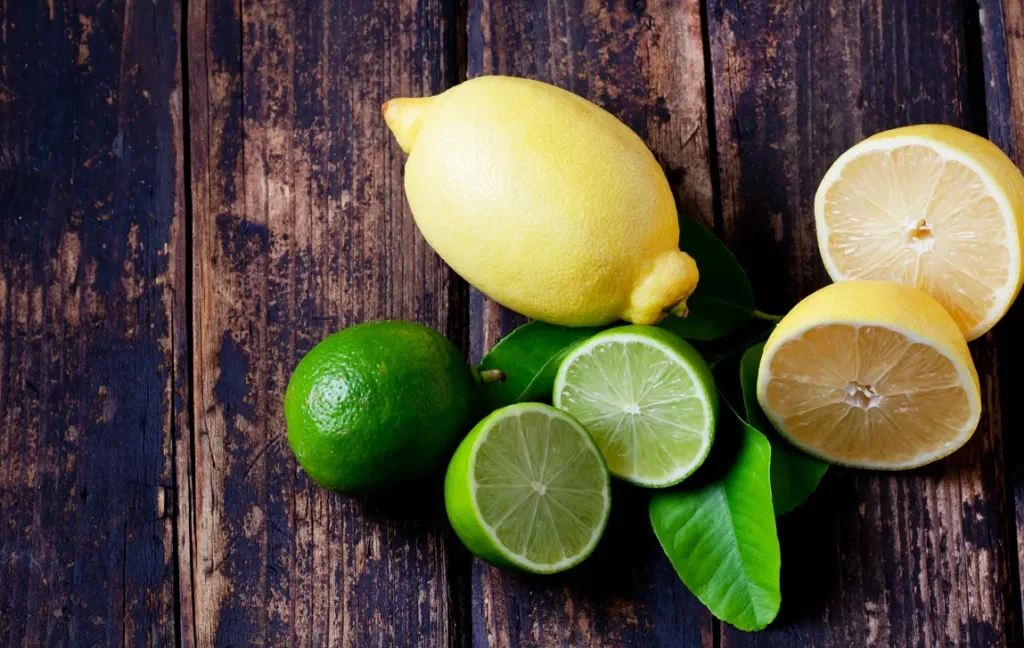
While Mexico is the largest exporter, other countries could increase market share by:
- Expanding production capacity during Mexico’s off-peak months.
- Targeting niche organic or specialty lime markets.
- Leveraging trade agreements to access North America and Europe more competitively.
Countries like Colombia, Brazil, and Egypt have already made progress in these areas.
Conclusion
The answer to “Which country is the largest lime exporter?” is clear: Mexico.
Its unbeatable combination of favorable climate, strategic location, strong agricultural infrastructure, and established trade relationships has secured its position as the world’s lime export leader. While Spain, South Africa, Türkiye, and the Netherlands are important players, none match Mexico’s scale and influence in this market.
Looking forward, as global lime demand continues to grow, Mexico will likely maintain its crown — but new competitors may emerge to challenge its share, especially in specialized, organic, or off-season supply niches.
